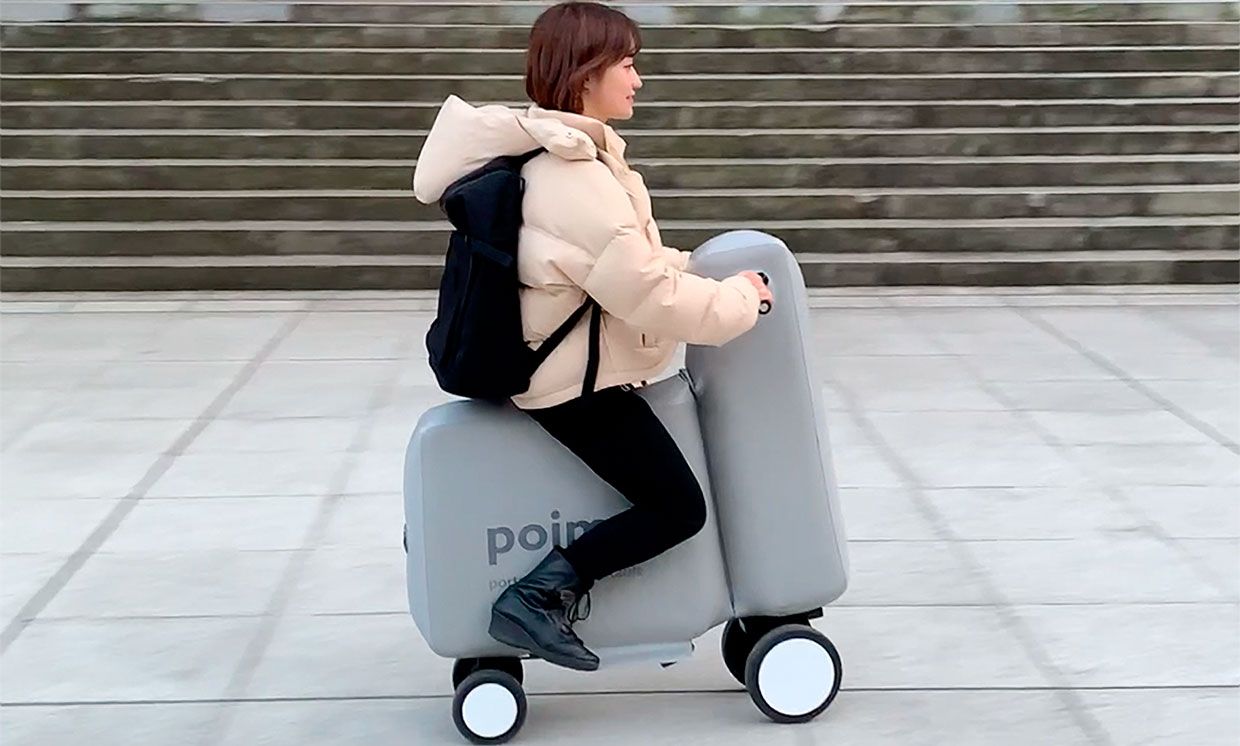Inflatable E-Bike Fits in a Backpack
13. 5. 2020 | IEEE Spectrum | spectrum.ieee.org
The trend towards communal sidewalk-based personal mobility systems (like shared bikes and scooters) has resulted in some amount of actual personal mobility, but also a lot of cluttered sidewalks, injured riders and pedestrians, and questionable business models. Fortunately, there are other solutions to the last-kilometer problem that are less dangerous and annoying, like this prototype for an inflatable e-bike under development at the University of Tokyo.
From a package of folded-up fabric that fits in a backpack, Poimo (POrtable and Inflatable MObility) can be quickly inflated with a small pump into a comfortable and intrinsically safe mobility system that can be deflated again and packed away once you get where you’re going. The body of Poimo is made of thermoplastic polyurethane (TPU). It’s easily customizable, and the researchers have experimented with other shapes, like mobile sofas, which we’re told would be ideal for relaxing at “waterfront resorts.”

It takes just over a minute to inflate Poimo to an optimal operating pressure (both stable and comfortable to sit on) to 40 or 50 kPa (6 or 7 psi), which is really not much at all. The final step is to attach the rigid components, including the wheels, brushless motor, battery, and a wireless controller integrated into the handlebars. The total weight of all of that stuff is 5.5 kilograms (the inflated structure is just 2.3 kg).
Read more at IEEE Spectrum
Image Credit: University of Tokyo
-jk-




